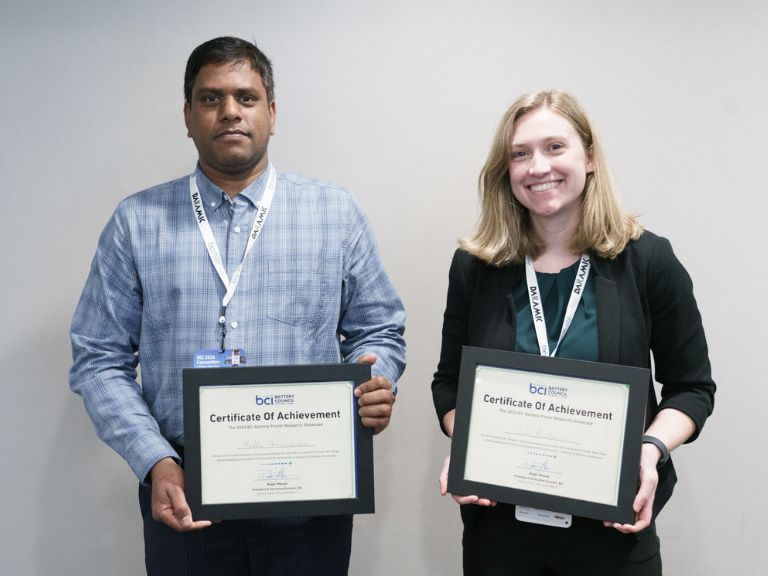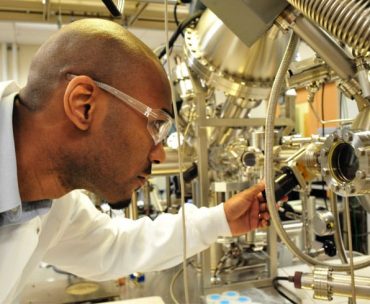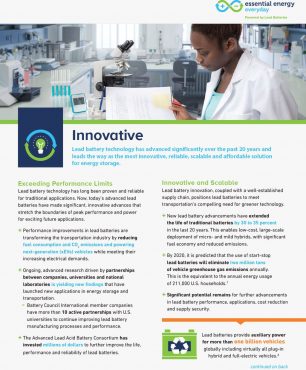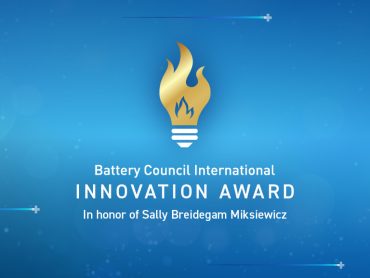The BCI Poster Research Showcase is open to undergraduate, graduate and postdoctoral level researchers and assistants. The 2nd annual showcase was hosted in person at the 2024 BCI Convention & Power Mart Expo in Fort Lauderdale, Florida from April 21-24, 2024.
Battery Council International to Host Inaugural Poster...
Undergraduate, graduate and postdoctoral level researchers and assistants engaged in scientific work related to lead and other battery...
News Release
January 6, 2023











